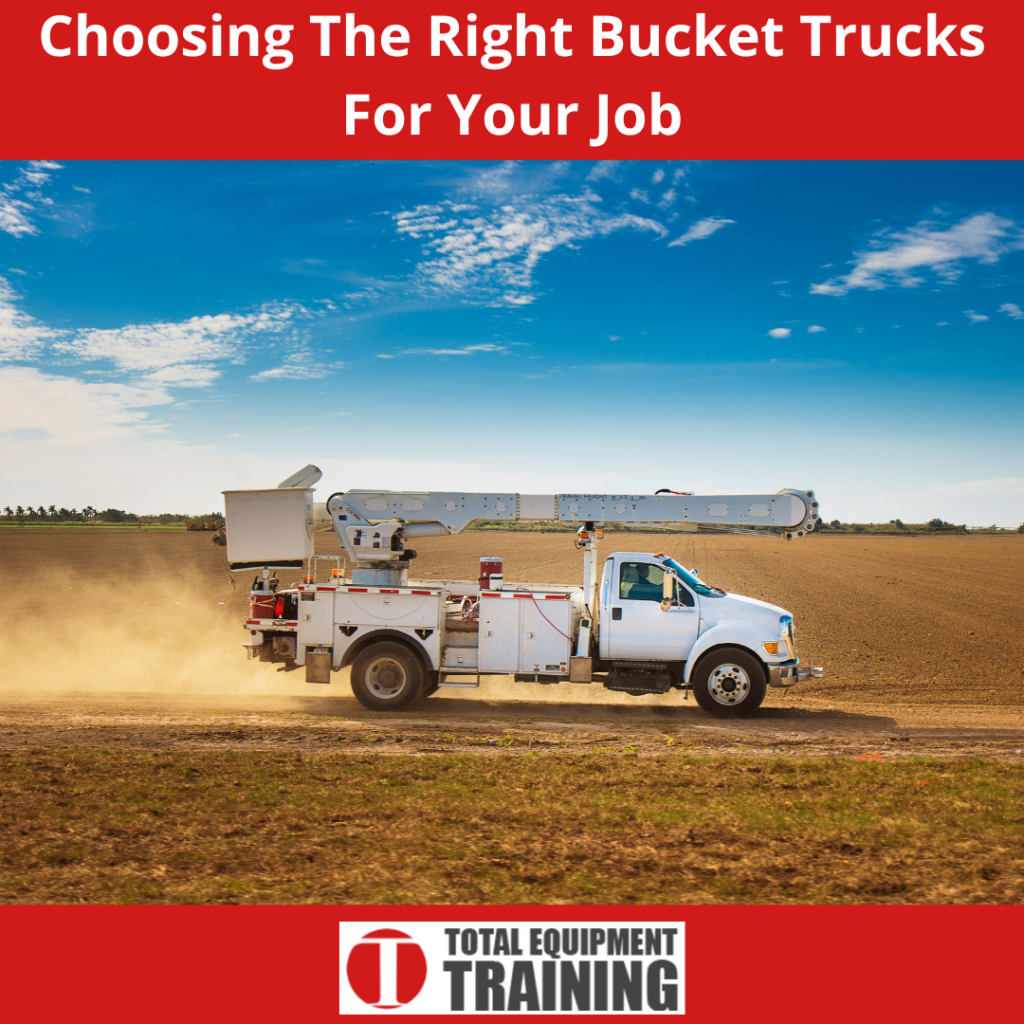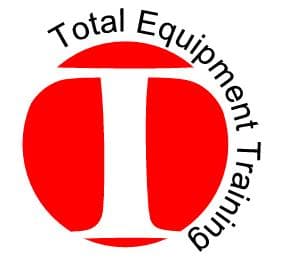
Bucket Truck Uses
- Fruit picking
- Electrical and utility maintenance
- Emergency services: rescue and fire extinguishing
- Aerial photography
- Construction building access
Types of Bucket Trucks
- Articulating Bucket Truck: Also known as knuckle booms, these bucket trucks are equipped with a jointed boom that creates more access options to heights. There are two types:
- Overcenter Articulating Bucket Trucks: The boom only raises the bucket above the truck. This allows for safer frequent lifts as the bucket essentially only moves up and down.
- Non-Overcenter Articulating Bucket Trucks: The boom can lift the bucket beyond the center line above the truck enabling reach to either side and behind the truck. The lateral flexibility provides more access options in case of obstacles, and is preferred in forestry, utility, and construction.
- Telescopic Articulating Bucket Trucks: These bucket trucks are able to extend one or more sections of the articulating boom through the use of a hydraulic system, creating an even wider range of reach to worksites at height.
- Telescopic Bucket Truck: The booms for these trucks focus on the capacity to extend their reach. This is done from the operator panel in the bucket that controls the hydraulic extension system.
- Insulated Bucket Trucks: As the name implies, these bucket trucks are insulated to prevent the conduction of an electric current. This is achieved through the use of non-conductive materials in parts (bucket) or throughout the equipment’s structure (upper boom, elbow, and truck chassis). Utility and construction work makes great use of insulated bucket trucks.
- Track-Mounted Bucket Trucks: For work on rough (gravel, sand), uneven (farms, swamps), and sloping terrain, track bucket trucks make a viable alternative. The increased surface area of ground contact, as well as increased traction translates into greater stability, improving work safety.
- Terrain of the worksite
- Frequency of raising and lowering the bucket/platform
- Proximity to live cables
- Working height – elevation required to reach the work area
- Number of personnel and/or equipment to be lifted (weight capacity)
- Side reach – lateral extension while elevated

